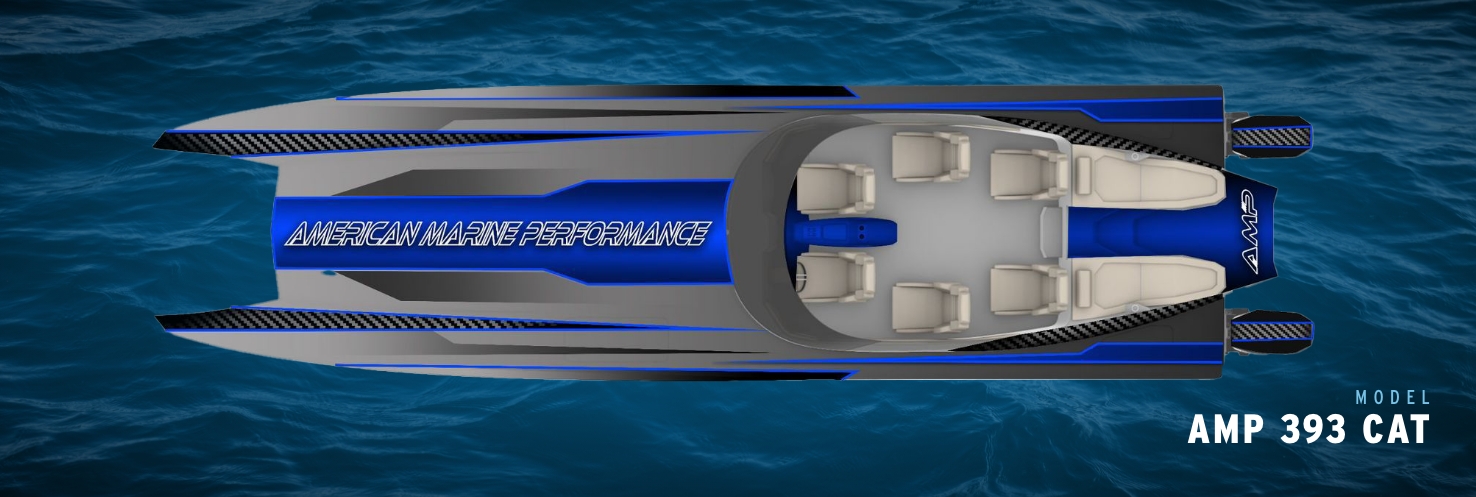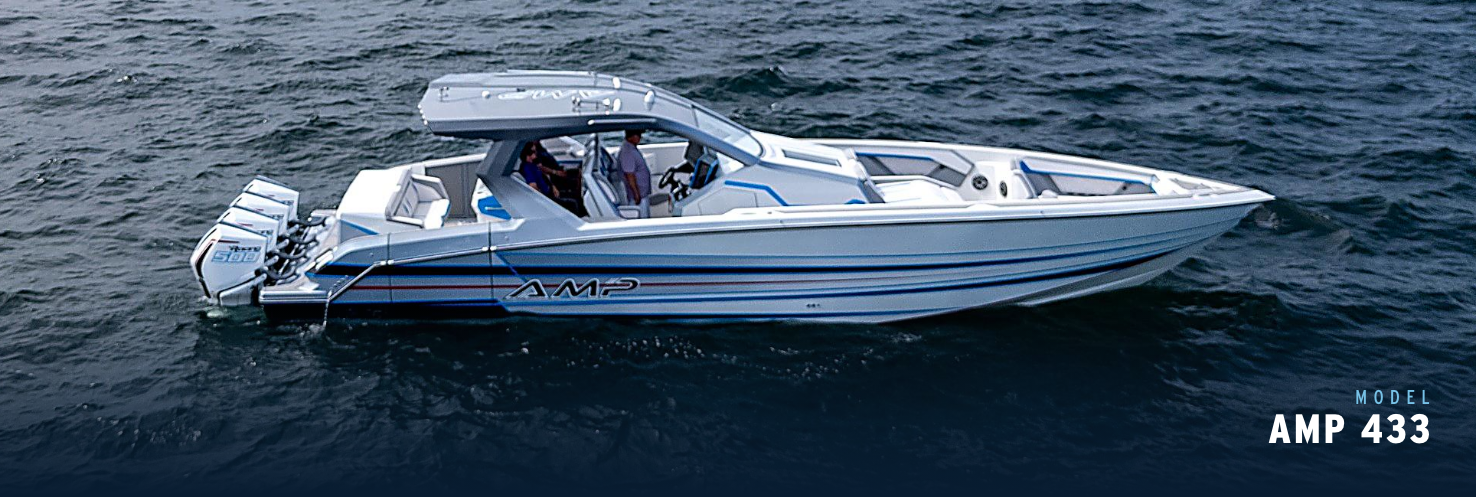As fall begins in Florida, the lingering effects of hurricane season remind us to stay vigilant. With Hurricane Helena making headlines as it approaches the coast and potentially reaching Category 4 status tomorrow, it's crucial for boat owners to take proactive steps to protect their vessels. Here’s how to prepare your boat for the storm and what to do if you need to file an insurance claim afterward.

Preparing Your Boat for Hurricanes
Assess Your Boat’s Location
The first step in preparation is assessing where your boat is currently located. If it’s docked at a marina or in a slip, evaluate the safety of that location. When a hurricane is on the way, consider moving your boat to a safer area. Some marinas offer designated hurricane holes—protected areas designed to shield vessels from storm surge and high winds.
Secure Your Boat
Once you’ve chosen the safest spot, it’s time to secure your boat. Remove all loose items from the deck and cabin, as they can become dangerous projectiles in high winds. Secure hatches, windows, and doors to prevent water from entering. Use extra tie-downs or mooring lines to reinforce your boat's connection to the dock; it’s better to be safe than sorry.
Drain Water Systems
Draining your boat’s water systems is crucial in avoiding damage. Empty water tanks and pumps, and turn off all onboard systems, including batteries. This step not only protects your equipment but also lightens your boat, which can be beneficial in storm conditions.
Use Additional Tie-Downs
Consider using extra ropes or straps to tie down your boat. Ensure the lines are taut but not overly constricted to allow for some movement without risking damage. Adding chafe protection to your lines can help reduce wear during the storm.
Consider a Hurricane Hole
If possible, move your boat to a designated hurricane hole or a more sheltered location. These areas are specifically designed to provide additional protection during storms and are your best bet for keeping your boat safe.

Documenting Your Boat’s Condition
Take Photos and Videos
Before the hurricane arrives, document your boat’s current condition with photos and videos. Capture the interior, exterior, and any equipment on board. This visual record will be invaluable if you need to file an insurance claim later.
Inventory Your Belongings
Create a detailed inventory of personal items and equipment on your boat. This should include everything from electronics to safety gear. Keep a copy of this list in a secure location, as it will help expedite your insurance claim if necessary.

Filing an Insurance Claim Post-Hurricane
Understanding Your Policy
After the storm has passed, it’s vital to review your insurance policy to understand your coverage specifics for hurricane damage. Familiarize yourself with terms such as “hull coverage,” “flood coverage,” and “deductibles.” Knowing what is covered will streamline the claims process.
Contact Your Insurance Agent
Once it is safe to do so, contact your insurance agent to notify them of any damage. Discuss your coverage and the claim process, providing any necessary documentation you gathered before the storm.
Gather Necessary Documentation
Collect all relevant documents, including:
- Your insurance policy details.
- Damage assessment photos and videos.
- Your inventory list of belongings.
Having this information readily available will support your claim and help your insurer process it more efficiently.
Complete the Claim Form
Fill out the claim form provided by your insurer, detailing all damage. Include all the documentation you’ve gathered to strengthen your claim. Being thorough is crucial to avoid delays.
Follow Up on Your Claim
Keep track of your claim status and maintain communication with your insurance company. Document any deadlines or requests for additional information. Following up ensures your claim is processed as quickly as possible.
Conclusion
As we prepare for Hurricane Helena, now is the time to take proactive steps to secure your boat against the storm. By following these preparation tips and understanding your insurance coverage, you can navigate this challenging situation with confidence.
Remember, preparation is key to protecting your investment and ensuring your safety on the water. If you have experiences or tips to share about hurricane preparedness, we’d love to hear from you! Subscribe to our blog for more boating safety tips and updates, so you’re always informed and ready for whatever comes your way.
Stay safe out there, and may your boating adventures continue long after hurricane season!








